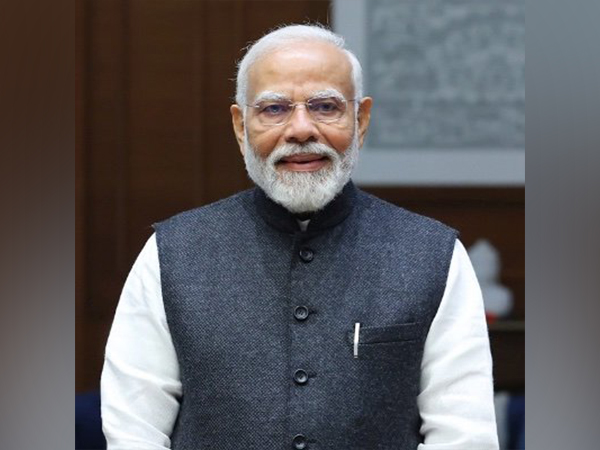
Budget provisions will boost technical textile market which stands at USD 29 bn: Rubix Report
Feb 10, 2025
New Delhi [India], February 11 : The technical textiles market in India, worth USD 29 billion in 2023-24, is set for significant expansion, fuelled by Budget 2025's increase in Basic Customs Duty (BCD) on knitted fabrics and tax breaks for textile machinery, according to Rubix Data Sciences, an analytics services provider.
Technical textiles are defined as textile materials and products used primarily for their technical performance in various high-end industries.
Among others, government initiatives such as the PLI scheme, PM MITRA parks, and quality control mandates are playing a crucial role in positioning India as a global leader in technical textiles.
The Indian technical textiles market is the fifth largest in the world and accounts for around 15 per cent of the overall textiles and apparel market in India, as per the Rubix report.
"The increase in BCD is expected to encourage domestic manufacturing, reduce reliance on imports, and protect local producers from cheaper foreign competition," the Rubix report read.
India has long been a global leader in traditional textiles and natural fibres. In recent years, however, the country has made significant strides in the specialised field of technical textiles.
In the past five years, the Indian technical textiles market has grown at a rate of 8-10 per cent annually, Rubix said.
The central government aims to target the export of USD 10 billion worth of technical textiles under its National Technical Textiles Mission. At present, India's technical textile exports are reportedly between USD 2 billion to USD 3 billion.
To position India as a global leader in technical textiles, the Mission was launched in 2020-21 and has been extended till 2025-26, with a financial outlay of Rs 1,480 crore.
Coming to the Rubix report, it asserted India has been a net exporter of technical textiles since 2020-21. From 2018-19 to 2023-24, exports have grown at 5.3 per cent compound annual growth rate (CAGR) whereas imports have declined at 1.7 per cent CAGR.



























